
Soutenance de thèse
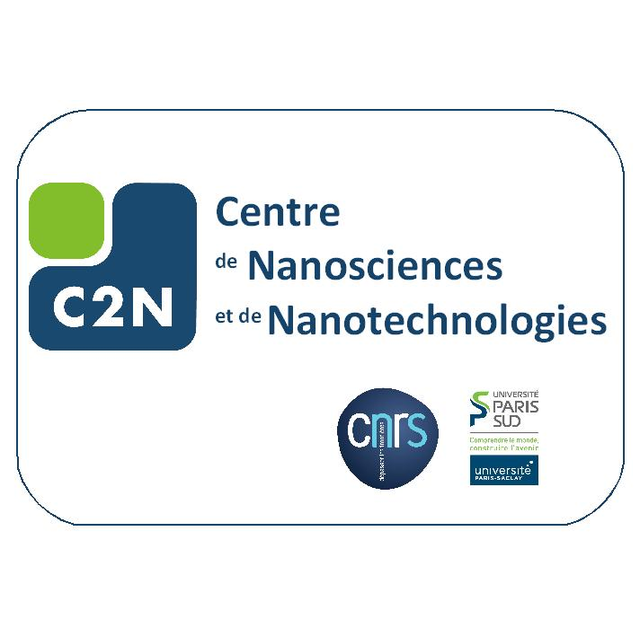
(en anglais) The switching paths of spin transfer torque magnetic random access memories
Centre de nanosciences et de nanotechnologies, Amphithéâtre, PalaiseauSoutenance de thèse
André THIAVILLE, Professeur, Université Paris-Saclay (LPS), Examinateur
Catherine GOURDON,Directrice de recherche CNRS, Institut des Nanosciences de Paris, Rapporteur
Ricardo SOUSA, Chercheur (HDR), SPINTEC CEA Grenoble, Rapporteur
Yves HENRY, Chargé de recherche CNRS, IPCMS,Examinateur
Siddharth RAO, Chercheur, Institut de microélectronique et composant (IMEC),Examinateur
Thibaut DEVOLDER, Directeur de recherche CNRS, Université Paris-Saclay (C2N),Directeur de thèse
Sébastien COUET, Chercheur, Institut de microélectronique et composant (IMEC),Invité
Claude CHAPPERT, Directeur de recherche CNRS, Université Paris-Saclay (C2N), Invité
In spin transfer torque random access memories (STTMRAM), the magnetization of a thin ferromagnetic layer is reversed under the action of a polarized spin current. Along this manuscript we study the switching path that the STTMRAM undergo.
First I present the basic theoretical concepts necessary for our forthcoming calculations. Then comes a state of the art of the switching path. The first results I present are micromagnetic simulations of the switching. We study the impact of the diameter of the device on the switching path. From these numerical calculations we predict for devices between 20 and 100 nm at room temperature a switching path composed of a coherent phased followed by a domain wall nucleation and motion. It is the switching path expected in our forthcoming measurements.
The domain wall dynamics observed in the micromagnetic simulations present complex Walker oscillations that are not understood from the domain wall models of the state of the art. Therefore, I present a more complete model for the domain wall dynamics within a STTMRAM which takes into account the exact geometry of the system.
In this geometry the elasticity terms act as a new effective field called the stretch field. The stretch field plays a key role in the wall dynamics and explains the complex Walker oscillations. The conditions under which these effects can be measured are also predicted by our new model.
Our measurements are performed on state-of-the-art STTMRAM based on perpendicular magnetic tunnel junction. The diameter of the devices varies between 26 and 200 nm. We characterize our devices by magnetometry, ferromagnetic resonance and electrical time-resolved measurements of the switching path.
The switching path in our time-resolved measurements presents the signatures of an initial coherent phase and of a domain wall motion. This is in agreement with the simulated switching path. The complex Walker oscillations predicted by our models are measured in specific devices with an ultrasoft free layer, but not in our most standard stack. This highlight the interest of our analytical models for understanding the behavior of application-oriented devices.
Lien public : https://eu.bbcollab.com/guest/0d47aaac2abb4cfb9120e3f2500006fd
Le nombre de personnes pouvant accéder à l’amphithéâtre étant limité, veuillez contacter Paul Bouquin à l'adresse suivante: paul.bouquin@universite-paris-saclay.fr, si vous souhaitez assister à la thèse en présentiel.
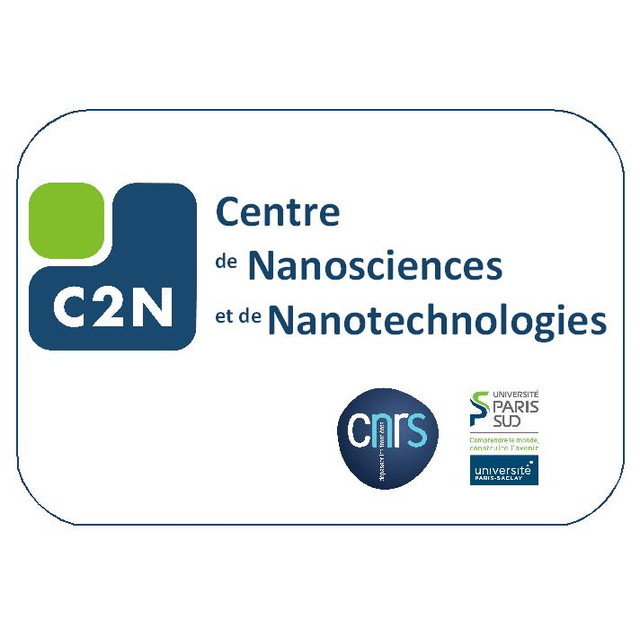
Caractérisation électrique de nanofils de semi-conducteurs III-V pour des applications photovoltaïques
Centre de nanosciences et de nanotechnologies, Amphithéâtre, PalaiseauSoutenance de thèse
José PENUELAS: Maitre de conférence à Ecole Centrale de Lyon, Rapporteur.
Bruno GRANDIDIER: Directeur de recherche CNRS à IEMN, Rapporteur.
Blandine ALLOING: Chargée de recherche CNRS au CRHEA, Examinatrice.
François JULIEN: Directeur de recherche CNRS au C2N, Examinateur.
Jean-Christophe Harmand: Directeur de recherche CNRS au C2N, Examinateur.
Maria TCHERNYCHEVA: Directeur de recherche au C2N, Directrice de thèse.
Malgré le potentiel des nanofils (NFs) semi-conducteurs pour des applications photovoltaïques, la performance des cellules
solaires à NFs reste toujours en deçà de celle des dispositifs à base de couches bidimensionnelles. Pour augmenter l’efficacité
de conversion, l’analyse de leurs propriétés jusqu’à l’échelle nanométrique est nécessaire afin de comprendre l’origine des
pertes de conversion et trouver des solutions adéquates pour les éliminer. Aujourd’hui avec l’arrivée massive des
nanotechnologies il est devenu possible de caractériser des nanofils uniques avec une résolution nanométrique. Dans ce
travail de thèse nous analysons des nanofils de semiconducteur III/V avec la microscopie EBIC dans la perspective d’extraire
puis d’optimiser leurs paramètres électriques et ainsi améliorer le rendement photovoltaïque. Tout d’abord, des NFs de
GaAsP élaborés par épitaxie par jets moléculaires (EJM) ont été caractérisés par des mesures EBIC sur des nanofils individuels,
mais aussi sur des ensembles de NFs. Les études EBIC nous ont permis tout d’abord de déterminer le type de dopage dans
les NFs ainsi que de quantifier la concentration des électrons et des trous. En second lieu, la diffusion des atomes de Be et
l’existence d’une coquille parasite autour du coeur des NFs ont été mis en évidence. La seconde partie du travail a été
consacré à l’étude de NFs de nitrures crus par EJM assistée par plasma. Les NFs de GaN et d’InGaN ont été étudiés par EBIC,
photo- et cathodoluminescence. La corrélation entre les résultats de ces trois mesures a permis d’extraire la concentration
du dopage Mg et Si dans les NFs. L’analyse des NFs de GaN/InGaN a montré que ces nanostructures sont prometteuses pour
des applications photovoltaïques.
Lien public : https://eu.bbcollab.com/guest/d9bd1708f6524bb0a6242890cbda9e08
Le nombre de personne pouvant accéder à l’amphithéâtre étant limité, veuillez me contacter (mail : maria.tchernycheva@u-psud.fr) si vous souhaitez assister à la thèse en présentiel.
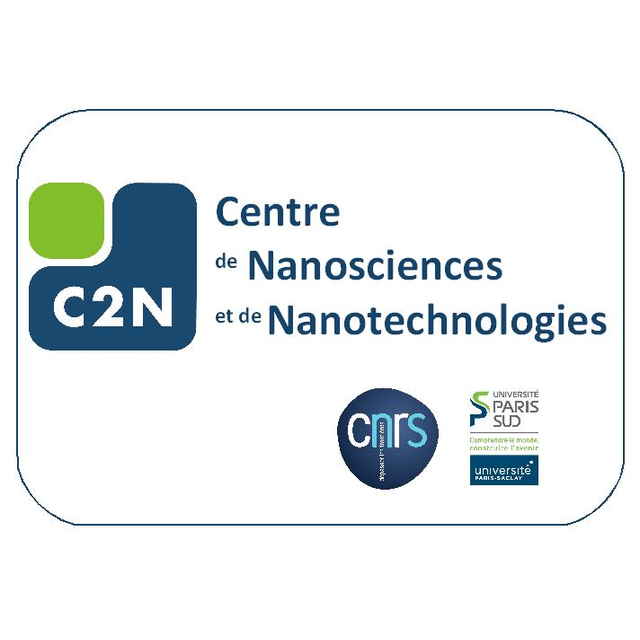
États chaotiques et effets de modulation dans les oscillateurs à vortex
Centre de nanosciences et de nanotechnologies, Amphithéâtre, PalaiseauSoutenance de thèse
Vincent CROS, Directeur de recherche, Unité mixte de Physique CNRS/Thales, Palaiseau, Président
Ursula EBELS, Ingénieur-Chercheur, SPINTEC, CEA Grenoble, HDR, Rapporteur et examinatrice
Nicolas VUKADINOVIC, Ingénieur Expert, Dassault Aviation, HDR, Rapporteur et examinateur
Grégoire DE LOUBENS, Chercheur CEA, SPEC, CEA Saclay, Examinateur
Laura THÉVENARD, Chargé de Recherche, INSP, Sorbonne Université, Examinatrice
Joo-Von KIM, Chargé de Recherche, C2N, Palaiseau, Directeur de thèse
Thibaut DEVOLDER, Directeur de Recherche, C2N, Palaiseau, Co-directeur de thèse
Les nano-oscillateurs à vortex sont des systèmes spintroniques dans lequel des courants électriques entrainent la giration par couple de transfert de spin d’une structure magnétique que l’on appelle vortex. Il s’agit d’un type de nano-oscillateur à transfert de spin permettant des applications dans les communications radiofréquences, la génération de champ magnétique et le calcul neuro- inspiré. Une propriété spécifique des systèmes à base de vortex est le renversement de la polarité du cœur de vortex, qui peut mener à des effets non-linéaires tels que le chaos. Comprendre comment de tels états sont influencés par des signaux extérieurs est important à la fois d’un point de vue fondamental et pour des applications technologiques. Dans cette thèse, j’ai examiné expérimentalement et théoriquement comment la dynamique des oscillateurs à vortex dans une géométrie à nanocontact répond à un signal externe. Les échantillons étudiés ont été fabriqué en utilisant une méthode de nano-indentation sur différents empilements, tels qu’une pseudo-vanne de spin à base de permalloy ou d’alliage de Heusler.
Par des analyses fréquentielles et temporelles, j’ai montré que des effets de modulation non-triviaux se produisent selon le régime d’oscillation, tels que de la synchronisation fractionnaire, la modulation du renversement de cœur et des transitions entre régimes. Les échantillons à base d’alliage de Heusler font preuve de phénomènes supplémentaires tels que des battements entre modes résultant en un spectre plus complexe. À travers des simulations micromagnétiques, j’ai démontré qu’un paramètre clé est comment l’orbite du vortex change sous la modulation, et qui détermine si le verrouillage de phase est possible. Des effets d’hystéresis dus à un changement de la structure de l’échantillon sont aussi démontrés. Ces résultats suggèrent de nouvelles manières d’utiliser les oscillateurs à vortex pour le traitement du signal et de l’information.
Lien public : https://eu.bbcollab.com/guest/fbf50038db9942268d9b7ac5ee598bc8
Le nombre de personne pouvant accéder à l’amphithéâtre étant limité, veuillez me contacter (mail : jeremy.letang@universite-paris-saclay.fr) si vous souhaitez assister à la thèse en présentiel.
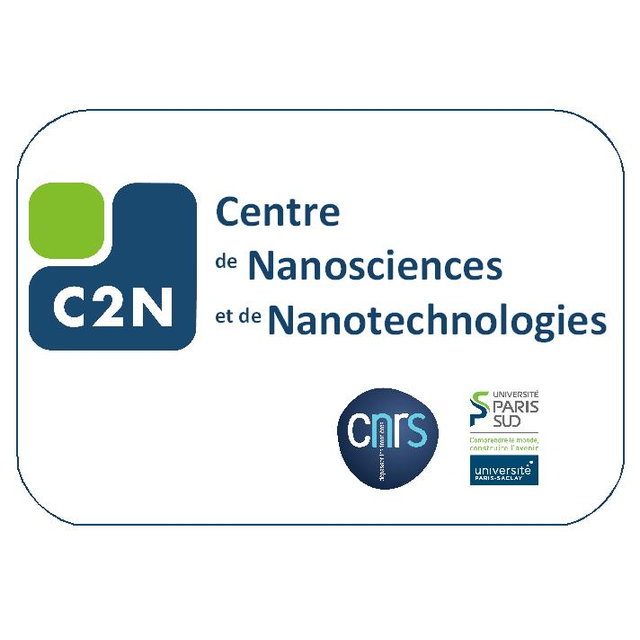
(en anglais) Rethinking biologically inspired learning algorithms towards better credit assignment for on-chip learning
Centre de nanosciences et de nanotechnologies, Amphithéâtre, PalaiseauSoutenance de thèse
Membres de jury :
Timothée Masquelier (CERCO): reviewer
Blake Richards (Montreal Neurological Institute, Mc Gill): reviewer
Laurent Daudet (CTO LightOn): examiner
Teodora Petrisor (Thales TRT): examiner
Pierre Bessière (ISIR): examiner
Julie Grollier: thesis advisor
Damien Querlioz: thesis coadvisor (invited)
Abstract :
The deep learning approach to AI has taken upon the whole society thanks to the use of Graphical Computing Units (GPUs). Going beyond the capability of the GPUs for deep neural network training is the core motivation of this thesis. One possible approach is neuromorphic computing, which consists in rethinking the computer from scratch by mimicking brain features. In particular memristors, which can store weight values as conductance states, are promising artificial synapse candidates. An appealing approach to train memristor-based hardware neural networks would be on-chip learning: the chip could sustain inference, gradient computation and subsequent conductance update altogether. However, on-chip learning is extremely challenging for two reasons. First, the computation of the objective function gradient calls at first sight for backpropagation, which is hardware unfriendly. More hardware convenient approaches use learning heuristics that poorly scale to deeper architectures, probably because of their lack of theoretical guarantees. The second challenge of on-chip learning is the conductance update to be performed given a gradient value: memristors exhibit many imperfections which dramatically hamper on-chip learning.
In this thesis, we propose to disentangle these two aspects of on-chip learning. On the one hand, we study the effect of memristive device imperfections on the training of Restricted Boltzmann Machines and propose appropriate programming strategies. On the other hand, we build upon Equilibrium Propagation, a hardware friendly counterpart of backpropagation whose learning rule, computed by the physics of the system itself, is spatially local and mathematically grounded. This work, along with very recent results, strongly suggest that Equilibrium Propagation could be a compelling scalable approach for on-chip learning.
Lien public : https://eu.bbcollab.com/guest/9369f70b256f4575863d1b1d29ca5446
Le nombre de personne pouvant accéder à l’amphithéâtre étant limité, veuillez me contacter (mail : ernoult.m@gmail.com) si vous souhaitez assister à la thèse en présentiel.
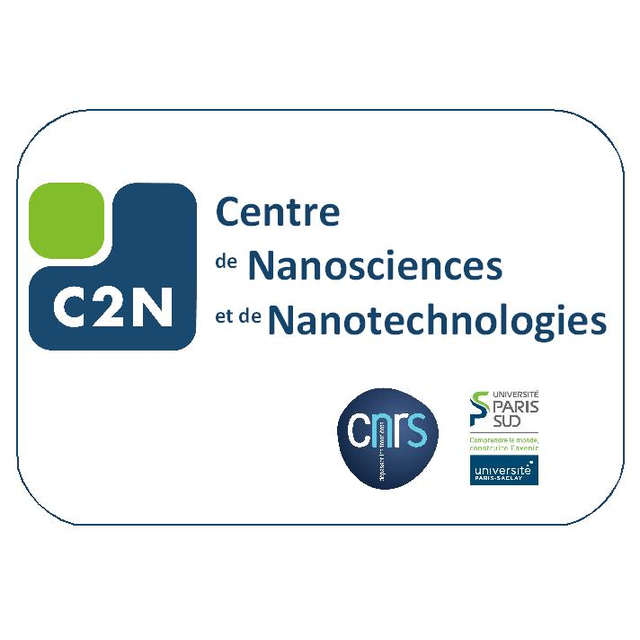
(en anglais) GaAs-on-Si solar cells based on nanowire arrays grown by molecular beam epitaxy
Institut Photovoltaïque d'Île-de-France (IPVF), En ligne, PalaiseauSoutenance de thèse
Composition du jury proposée :
M. Stephane COLLIN, Université Paris-Saclay, C2N-CNRS, Directeur de thèse
M. Gregor KOBLMUELLER, Walter Schottky Institut, Technical University of Munich, Rapporteur
M. Olivier DURAND, Institut National des Sciences Appliquées (INSA) de Rennes, Institut FOTON, Rapporteur
M. Mathieu KOCIAK, Laboratoire de Physique des Solides CNRS - Université Paris-Saclay, Examinateur
M. Sébastien PLISSARD, Laboratoire d'analyse et d'architecture des systèmes (LAAS) - CNRS, Examinateur
M. Teemu HAKKARAINEN, Tampere University, Examinateur
M. Andrea CATTONI, Université Paris-Saclay, C2N-CNRS, Invité
M. Fabrice OEHLER, Université Paris-Saclay, C2N-CNRS, Invité
Nanowires (NW) epitaxially grown on Si substrate are efficient light absorbers and allow to integrate high-quality III-V materials on Si by preventing defects induced by the lattice-mismatch between both materials. They provide a way to fabricate tandem III-V/Si solar cells above 30% efficiency. The goal of this thesis is to develop III-V NW solar cells grown on Si substrates. First, the control of the selective NW growth in ordered arrays on Si was addressed, and vertical yields consistently above 90% and up to 100% were demonstrated. Using transmission electron microscope characterization, the growth conditions were optimized to improve the crystal quality by reducing the number of stacking faults, to investigate GaAsP NWs with the optimal bandgap for tandem, and to study core-shell heterostructures.
Using cathodoluminescence to determine the carrier concentrations in NWs, it was shown that the core and the shell can be doped with Be up to p=8E18 cm-3, while Si is an amphoteric dopant, resulting in shell doping limited to n=5E17 cm-3. A solar cell fabrication process was developed to contact NW core-shell junctions. A first-generation GaAs homojunction device shows efficiencies up to 2.1%, limited by carrier collection issues, whereas the quasi-Fermi level splitting, estimated from PL measurements, reaches a promising value of 0.98 V at 82 sun, extrapolated to 0.86 V at 1 sun. A new core-shell p-i-GaAs/n-GaInP heterojunction exhibits efficiencies up to 3.7%, with a record Voc=0.65 V. These GaAs-based NW top-cells directly grown on Si pave the way toward high-efficiency tandem solar cells.
Soutenance prévue en visioconférence partielle: https://eu.bbcollab.com/guest/051689dee3ba4ebca8833bdfb5a99fe4
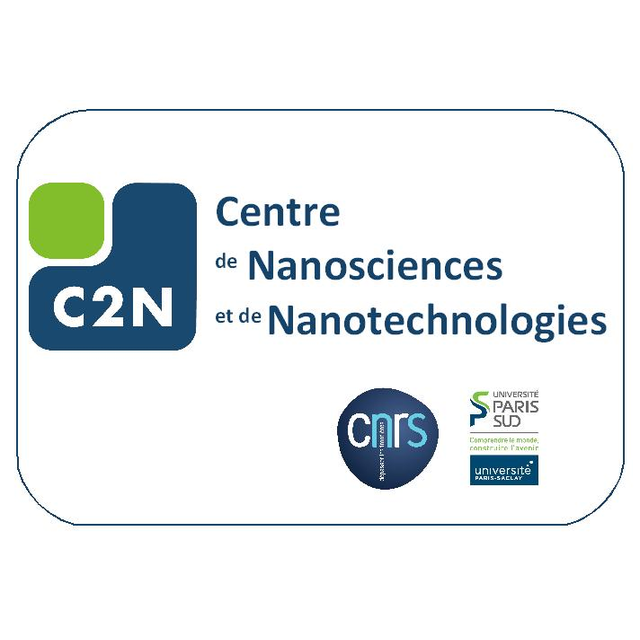
Couplage cohérent de nanocavités optiques Hybrides actives
, ,Soutenance de thèse
Jury members :
Yannick Dumeige, Maître de conférence, Laboratoire FOTON, Rennes, Rapporteur
Peter Bienstman, Professeur, Laboratoire IMEC, Ghent, Rapporteur
Isabelle Philip, Directrice de recherche, Laboratoire Charles Coulomb, Montpellier, Examinatrice
François Marquier, Professeur, Laboratoire Aimé Cotton, Orsay, Examinateur
Fabrice Raineri, Maître de conférence, Laboratoire C2N, Palaiseau, Directeur de thèse
Abstract :
A l’heure de l’explosion des besoins en ressources de calcul et du volume des télécommunica-tions dans le monde, l’industrie de la micro-électronique a engagé un changement de cap au cours de la dernière décennie, afin de pouvoir continuer à répondre aux besoins technologiques émergents de nos sociétés. L’une des voies entreprises repose sur la photonique intégrée, qui requiert notamment le développement de nanosources de lumière robustes et eÿcaces énergétiquement, et présentant des fonctionnalités optiques avancées. Nous proposons dans cette thèse un nouveau concept de na-nosource laser émettant à 1550 nm, reposant sur un système de deux nanocavités optiques actives identiques en cristal photonique, couplées de façon évanescente à un même guide d’onde. La phase de couplage est alors directement contrôlée par leur distance relative. Ce système est fabriqué par l’adhésion d’une hétérostructure de puits quantiques en semiconducteur III-V sur une circuiterie optique en silicium, suivie d’une lithographie électronique et d’une gravure ICP. Dans le cadre d’un pompage identique, nous avons ainsi démontré théoriquement et expérimentalement l’existence de deux modes couplés symétrique et anti-symétrique, caractérisés par une séparation à la fois en pertes et en énergie. L’existence d’un mode sombre a également été prédite, et se manifeste par un blocage de l’émission pour certaines phases de couplage. Plus généralement, les caractéristiques de l’émis-sion de ce système permettent de l’assimiler à une cavité unique e˙ective, dont les propriétés laser sont modulées par la phase de couplage. Celles-ci peuvent notamment être améliorées à proximité du mode sombre. L’exploration générale de ce type de système ouvre finalement la voie à de nom-breuses autres études, basées par exemple sur la variation de la configuration de pompage et/ou la configuration de couplage de ces cavités. Dans ce contexte, d’autres e˙ets ont été observés, comme la directivité de l’émission dans le guide, et la manifestation d’un point exceptionnel induisant une extinction de l’émission.
Soutenance prévue en visioconférence: https://u-paris.zoom.us/j/93390216007?pwd=WmFpcjNjSVR6Q1czcTMyMU5aRUFtdz09
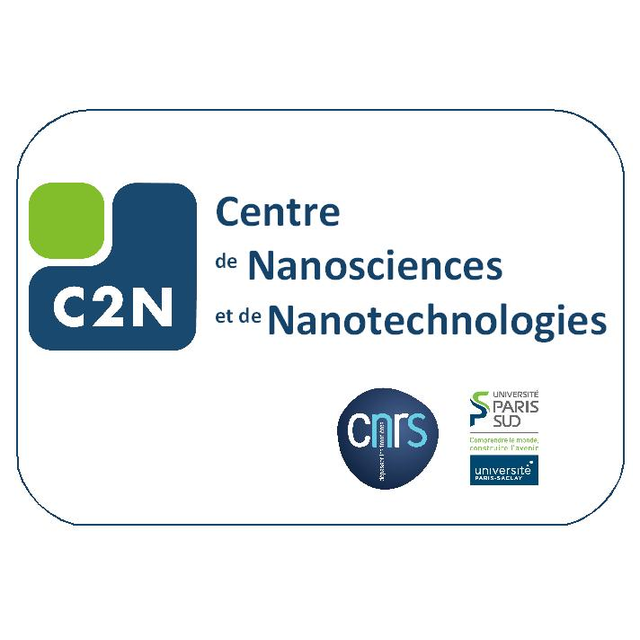
(en anglais) Chirality and nonlinear dynamics in polariton microresonators
Centre de nanosciences et de nanotechnologies, Amphithéâtre, PalaiseauSoutenance de thèse
Composition du Jury:
Semiconductor microresonators, defined by a planar Fabry-Perot cavity embedding a quantum well, allow tightly confining both optical and electronic excitations. In these heterostructures, light and matter interact so rapidly that the fundamental excitations of the system can be effectively described as hybrid light-matter quasiparticles, called exciton-polaritons. The excitonic component endows the system with a large Kerr-type nonlinearity, while tailoring of the photon dispersion is implemented via a dry etching processing technique. The versatility of this hybrid photonic platform allows us investigating diverse phenomena, such as the non-equilibrium dynamics of interacting bosons on a lattice, the hydrodynamics of quantum fluids and novel concepts for coherent light sources. After a general introduction and a presentation of the microcavity samples, we present two experimental works realized during the PhD.
In the first, harnessing an analogue spin-orbit coupling effect in ring-type arrays of microcavities, we propose and demonstrate a novel microlaser architecture. The microlaser emission presents a helical wavefront, i.e. carries a net orbital angular momentum. Contrary to previous works, in our scheme time-reversal symmetry is broken by optical means, enabling a fast control of the wavefront twist.
In the second work, we consider single microresonators where the nonlinearity is already significant for few dozen excitations. The interplay between coherent driving, loss and nonlinearities triggers a regime of optical metastability activated by vacuum fluctuations. With the idea of drawing a parallel with the stochastic thermodynamics of mesoscopic systems, we define and measure the entropy production at a single trajectory level, testing a non-equilibrium fluctuation dissipation theorem.
Finally, we discuss future research directions based on the engineering of spin-orbit coupling or the use of our metastable states as random classical bits.
A votre arrivée merci de vous présenter à l’accueil muni(e) d’une pièce d’identité.
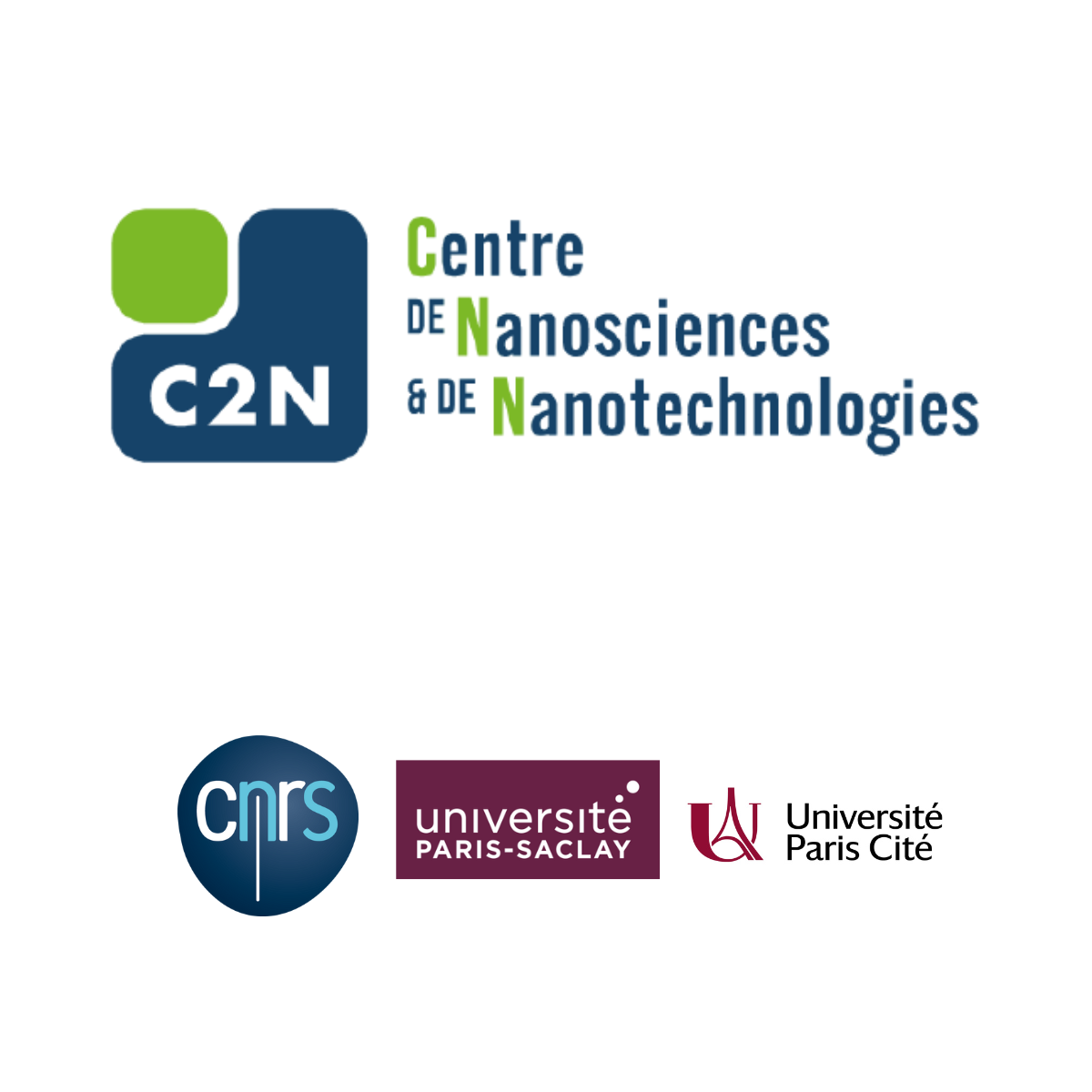
(en anglais) Subcutaneous Monitoring of Cardiac Activity for Chronically Implanted Medical Devices
Centre de Nanosciences et de Nanotechnologies, Amphithéâtre, PalaiseauSoutenance de thèse
Jury members :
Alfredo Hernandez, Directeur de Recherche, INSERM LTSI 1099, Rapporteur
Remi Dubois, Maitre de Conférences HDR, Université de Bordeaux, Liryc ,Centre de Recherche Cardiothoracique, Rapporteur
Anne-Marie Haghiri, Directrice de recherche, C2N, CNRS UMR9001, Université Paris Saclay, Examinatrice
Jacques Felblinger, Professeur des Universités Praticien Hospitalier, Université de Lorraine (Unité INSERM 1254), Examinateur
Ilangko Balasingham, Directeur de Recherche, Hôpital Universitaire d’Oslo, Examinateur
Vicente Zarzoso Gascón-Pelegrí, Professeur des Universités, IUT Nice - Côte d'Azur (Département GEII), niversité de Nice Sophia Antipolis (Laboratoire I3S CS 40121), Examinateur
Pierre-Yves Joubert, Professeur des Universités, Université Paris-Sud (C2N UMR9001), Directeur de thèse
Delphine Feuerstein, Ingénieure de Recherche, MicroPort CRM (Clinical Engineering), Co-encadrante de thèse
Serge Cazeau, Cardiologue/Chief Medical Officer, Hôpital Paris Saint Joseph /MicroPort CRM, Invité
Abstract :
The aim of this doctoral thesis was the development of sensors and algorithms for the improved monitoring of cardiac activity in the subcutaneous implantable cardioverter-defibrillator (S-ICD). More precisely, to improve the detection specificity of dangerous tachyarrhythmia such as ventricular tachycardia (VT) and ventricular fibrillation (VF) in the S-ICD. Two independent VT/VF detection schemes were developed for this: one electrophysiological in nature, and the other hemodynamic.
The electrophysiological sensing scheme relied on a special ECG that was recorded along a short dipole located above the lower left pectoralis major. This short dipole maximised R/T ratio and signal-to-noise ratio in a total of 9 healthy volunteers. In theory, it will reduce the risk of false positive VT/VF detections simply by consequence of the dipole size, location, and orientation and independently of any further signal processing methods.
The hemodynamic sensing scheme relied on cardiac vibrations recorded from two tri-axial accelerometer prototype sensors. These subcutaneous cardiac vibrations were characterised, physiologically validated, and optimised via their filtering along specific bandwidths and projection along a patient specific reference frame. The world’s first independent cardiac vibration VF detection algorithm was developed operating on these optimised signals.
The same accelerometer prototypes were also shown to be able to record respiratory accelerations and detect apnoea.
A final subcutaneous lead prototype was developed capable of recording the short dipole ECG, cardiac vibrations, and respiratory accelerations. It consisted of three electrodes, a bi-axial accelerometer, and industry-standard device connectors. The prototype lead was implanted in a fourth and final animal
A votre arrivée merci de vous présenter à l’accueil muni(e) d’une pièce d’identité
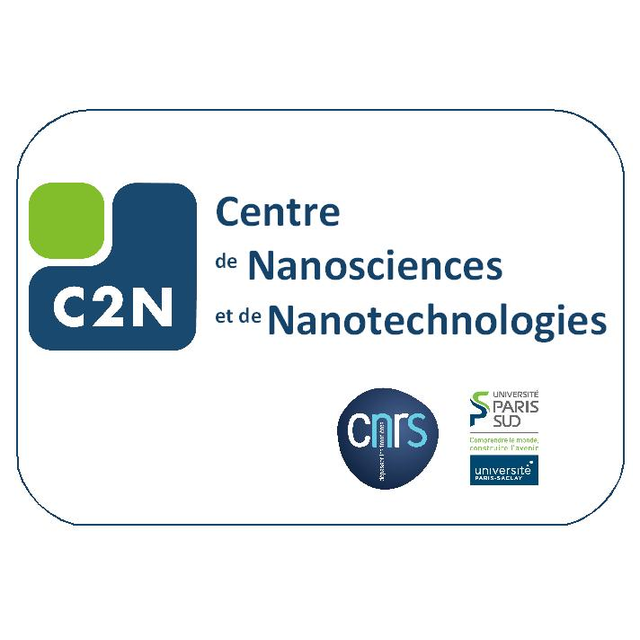
(en anglais) Development of ultrathin Cu(In,Ga)Se2–based solar cells with reflective back contacts
Centre de Nanosciences et de Nanotechnologies, Amphithéâtre, PalaiseauSoutenance de thèse
Jury members :
Stéphane COLLIN, Chargé de Recherche, C2N-CNRS, Directeur de thèse
Ludovic ESCOUBAS, Professeur, Aix-Marseille Université, Rapporteur
Martina SCHMID, Professeur, Université de Duisburg-Essen, Rapporteur
Jean-Paul KLEIDER, Directeur de Recherche, GeePs-CNRS, Examinateur
Romain CARRON, Chercheur, Empa ,Examinateur
Roland SCHEER, Professeur, Martin Luther-Universität Halle-Wittenberg, Examinateur
Negar NAGHAVI, Directeur de Recherche, E2P2L, UMI 3464-CNRS, Co-Directrice de thèse
Andrea CATTONI, Chargé de Recherche, C2N-CNRS, Co-Encadrant de thèse
Marie JUBAULT, Ingénieur chercheur, IPVF-EDF, Co-Encadrante de thèse
Marika EDOFF, Professeur, Université d'Uppsala, Invitée
Abstract :
Reducing the absorber thickness of thin-film photovoltaic devices is a promising way to improve their industrial competitiveness, thanks to a lower material usage and an increased throughput. It can also increase their efficiency due to a shorter pathway for the separation of photogenerated charge carriers. Still, the efficiency of ultrathin Cu(In,Ga)Se2-based (CIGS) solar cells , which have an absorber thickness ≤500 nm that is approximately 5 times thinner than standard devices, is limited by two phenomena: the non-radiative recombination of charge carriers at the back contact and the incomplete absorption of the incident light. Several strategies were studied in order to mitigate those losses. First, the composition of ultrathin CIGS layers was optimized to create a grading of the semiconductor’s conduction band minimum. The resulting electric field contributes to a better charge carrier separation and a lower back contact recombination rate. The incorporation of silver in the CIGS composition greatly improved the performances of ultrathin cells, leading to an efficiency of 14.9% (540 nm of ACIGS, without antireflection coating), close to the current record of 15.2% (490 nm of CIGS, with antireflection coating). Besides, the addition of an alumina passivation layer at the interface between CIGS (470 nm) and Mo was also investigated, and resulted in an improvement of the open-circuit voltage of 55 mV. Second, a novel architecture of reflective back contacts was developed. It consists of a silver mirror that is encapsulated with layers of transparent conductive oxides. Based on a transmission electron microscopy study, this back contact was shown to be compatible with the co-evaporation of CIGS at 500°C or more. Thanks to a high reflectivity and an ohmic contact with CIGS, it led to an increase of the efficiency from 12.5% to 13.5% and of the short-circuit current from 26.2 mA/cm² to 28.9 mA/cm² as compared to cells with a standard molybdenum back contact. This reflective back contact paves the way toward higher photovoltaic efficiencies as well as novel strategies for further light trapping.
A votre arrivée merci de vous présenter à l’accueil muni(e) d’une pièce d’identité